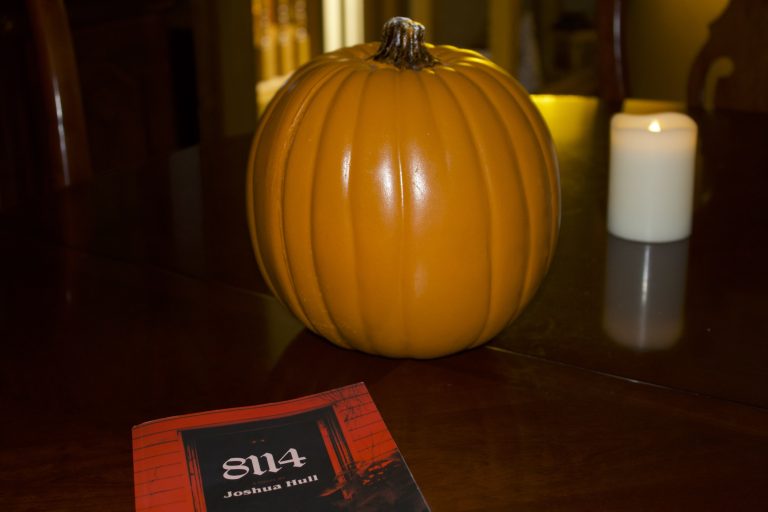Waking up early to roads covered in ice and snow, waiting for the car to warm up and having to leave extra early to make it to class on time are just some of the things that the commuters attending the University of Indianapolis may have to deal with in the winter.
While on-campus residents wake up to snow-free, salted sidewalks, commuters have to worry about road conditions and traffic. According to snowfall.weatherdb.com, on average Indianapolis receives 12.8 inches of snow each year. Although as this year has not brought as much snow previous years have, the snow has still made things difficult for some students. Freshman pre-law political science major and legal studies minor Aml Alkhatib has about a 15-minute commute from Speedway each day. But in the winter, especially when road conditions are poor, it takes her much longer to get to UIndy.
“There was one bad snow day where it took like 45 minutes to get here,” she said.
Alkhatib is not the only commuter facing this problem. Freshman music education major Katie Snider said it takes her 25 minutes on a good day to get from where she lives in Plainfield to UIndy.
“I know at the beginning of the semester, when there was bad weather, I had to leave like 20 minutes early just to be safe, to make sure I’d get to class on time. But so far it hasn’t been bad where I’ve missed class,” Snider said. “It just takes a lot longer, especially having to wake up and make sure that my car is warm and scraped off. And people drive a lot slower when there’s snow on the ground, so that takes a lot longer.”
Motosafety.com says that according to the Federal Highway Administration, 24 percent of all car accidents in the United States happen in snowy, icy and slushy conditions. So when getting ready to leave Alkhatib said that in addition to it taking longer to get her car ready, she also has to think about the road conditions.
“When it’s warmer, I usually drive faster, ” she said. “When it’s winter, I have to take my time because of the icy roads. And the highways are really bad normally during the winter. So because it’s really bad, I don’t take the highway.”
The Occupational Safety and Health Administration has tips for driving safely in winter on their website, osha.gov. It talks about the three Ps of safe winter driving.
“Prepare for the trip; protect yourself; and prevent crashes on the road,” OSHA says.
Some things OSHA recommends are checking the car to make sure everything functions properly before leaving, keeping winter supplies such as snow scrapers, jumper cables, flashlights and blankets inside of the car and always planning what route to take.
Snider said that she is prepared for driving in the winter.
“I can jump my car, and I have blankets and stuff in there [my car] for the winter,” she said. “My mom makes sure I have stuff in there [my car]. She told me to put clothes in there [my car], but I haven’t yet, and I probably should.”
OSHA also suggests allowing extra time to get to places during the winter, something both Alkhatib and Snider do. While neither has missed a class, Snider did say she was late once.
“I’ve been late, because I used to have a night class, and it started at 6 [p.m.]. So I had to give myself an hour to get to class because of the traffic. But I didn’t know that on the first day so I got to class about 10 minutes late,” she said. “It was OK because the class was pretty laid back, but I felt very uncomfortable. I was very sad that I was late.”







